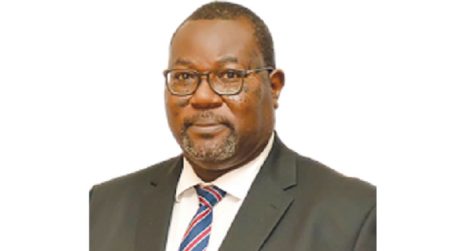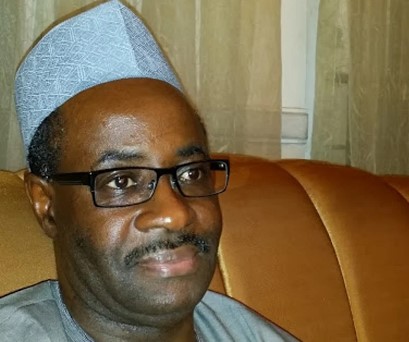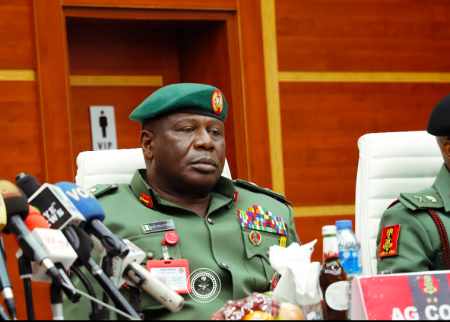Chelsea’s triumphant yet turbulent victory over Benfica in the Club World Cup has ignited a debate about the suitability of the tournament’s location. The match, which saw Chelsea emerge victorious with a 4-1 scoreline after extra time, was marred by a two-hour weather delay due to a lightning storm warning, a recurring issue that has plagued the tournament. Manager Enzo Maresca voiced his frustration, labeling the repeated disruptions a “joke” and questioning the logic of hosting the competition in a location prone to such interruptions. This incident highlights the broader challenges of staging major sporting events in regions with unpredictable weather patterns and the potential impact on the integrity of the game itself.
The two-hour delay, which occurred with just four minutes of regular time remaining and Chelsea leading 1-0, effectively disrupted the flow and momentum of the match. Maresca lamented the interruption, describing the post-delay period as a “completely different game” due to the broken tempo and rhythm. His criticism underscores the significant influence weather disruptions can have on the dynamics of a football match, potentially undermining the strategic preparations and performance of the teams involved. This disruption raises questions about fairness and whether the enforced break unduly advantages or disadvantages either side.
This incident isn’t an isolated one. It marks the sixth time a match has been halted at this year’s Club World Cup due to lightning threats, a common occurrence in the United States where the tournament is being held. The frequent application of these safety protocols, while necessary for the well-being of players and spectators, has brought into sharp focus the suitability of the chosen location. Maresca’s pointed remarks – “If you suspend seven or eight games, that means that probably this is not the right place to do this competition” – encapsulate the growing concern over the disruptive impact of these weather delays.
The United States’ hosting of the Club World Cup serves as a precursor to the 2026 FIFA World Cup, which will be jointly hosted by the United States, Canada, and Mexico. The recurring weather disruptions during the Club World Cup raise legitimate concerns about potential similar issues arising during the larger and more prestigious World Cup. The scale and global attention surrounding the World Cup magnify the potential consequences of weather-related delays, putting pressure on organizers to mitigate such risks.
Despite his criticism of the location, Maresca reiterated his support for the Club World Cup itself, emphasizing its significance as a prestigious competition featuring the world’s best clubs. His comments reflect a nuanced perspective: while he values the tournament, he questions the wisdom of choosing a venue prone to weather disruptions. This distinction highlights the importance of carefully considering logistical and environmental factors when selecting host locations for major sporting events. The ideal location should not only offer suitable infrastructure and facilities but also minimize the risk of external factors, such as weather, impacting the smooth running of the tournament.
The debate sparked by the weather delays at the Club World Cup extends beyond the immediate frustration expressed by Maresca. It raises broader questions about the long-term planning and strategic considerations involved in hosting major sporting events. Factors such as climate, geographical location, and infrastructure need to be thoroughly assessed to ensure the smooth and uninterrupted flow of the tournament. The experience at the Club World Cup serves as a valuable learning opportunity for organizers to refine their strategies and ensure that the 2026 World Cup is not similarly hampered by predictable and preventable weather-related disruptions. The focus should be on providing an environment that allows the sporting spectacle to unfold without external interference, ensuring a fair and exciting competition for players and fans alike.













